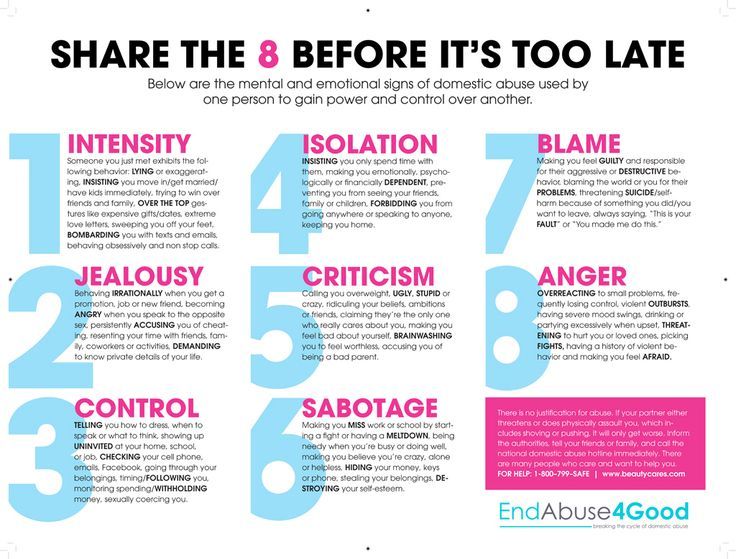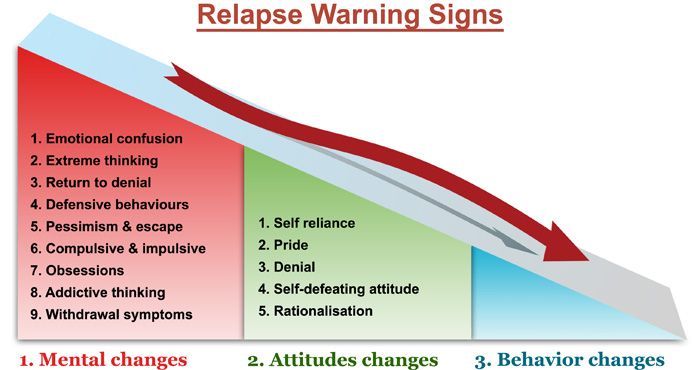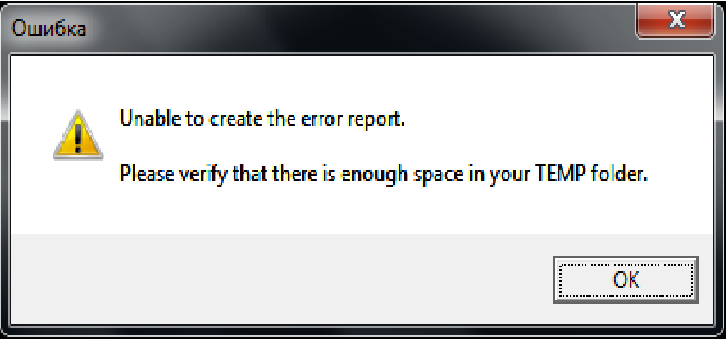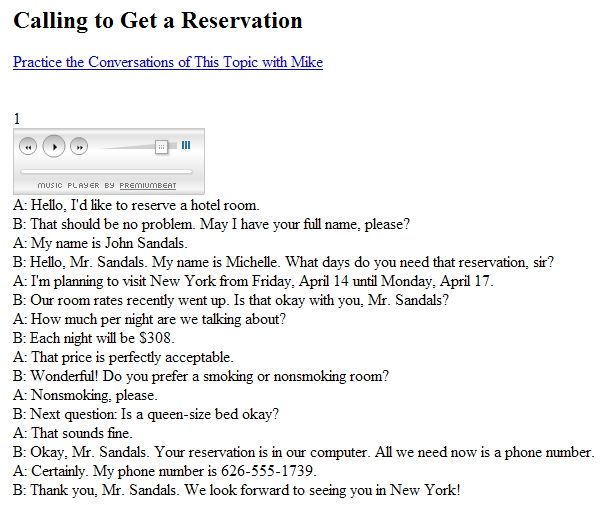Learning about boundaries
5 Ways to Draw the Line Politely
Knowing how to set boundaries is one of the most essential yet overlooked social skills.
Boundaries are rooted in clear communication.
As Brene Brown says: “Clear is kind, unclear is unkind.” The more precise you can express your boundaries, the more likely your boundaries will be respected. While you may need to repeat yourself a few times, don’t feel the need to apologize or explain your boundaries.
Like an invisible fence around the perimeter of a yard, boundaries establish where your space ends, and someone else’s begins. If a dog can recognize and respect that perimeter, then so can everyone in your life.
Here’s precisely how to set boundaries that protect your mental, physical, and emotional well-being from fostering healthy relationships at work, at home, and in social circles.
What Are Healthy Boundaries?
Healthy boundaries are the limits you place around your time, emotions, body, and mental health to stay resilient, solid, and content with who you are. These empowering borders protect you from being used, drained, or manipulated by others.
You can set boundaries around:
- Emotional energy
- Time
- Personal space
- Sexuality
- Morals and ethics
- Material possessions and finances
- Social media
Boundaries can be set with:
- Family
- Friends
- Romantic relationships
- Coworkers
- Strangers
Though they aren’t as blatantly clear as a fence, wall, or “no trespassing” sign, healthy boundaries communicate to others what you will and will not tolerate. In short, boundaries empower you to take charge of your life.
↑ Table of Contents ↑
Why Do You Need Boundaries?
Personal boundaries are at the root of a fulfilled, balanced life. Without them, people can quickly lose themselves in their work, relationships, familial obligations, or service to others. They can even wind up being exploited or taken advantage of by people who do not respect them.
These borders help define what you are willing to say “yes” to and what you decide to say “no” to. They give you a sense of agency and sovereignty over your decisions.
Like an internal compass, boundaries can all start with a “gut feeling” that tells you when you have the time or energy to devote to something versus when you need to say “no.”
Good boundaries free you to live life on your terms.
↑ Table of Contents ↑
Healthy Boundaries vs. Unhealthy Boundaries
People with solid boundaries tend to have lower levels of stress and higher self-esteem because they prioritize their well-being.
On the other hand, people without boundaries may inadvertently let others take advantage of them.
They may lack self-confidence, a sense of purpose, or a clear identity to guide them through life. Counselor Dr. Dana Nelson writes, “in work or in our personal relationships, poor boundaries lead to resentment, anger, and burnout.”
People without boundaries can be easily persuaded into things they don’t want to do because they may be acting out of guilt or obligation rather than self-love.
| Signs of Healthy Boundaries | Potential Signs of Unhealthy Boundaries |
| Protect yourself from getting taken advantage of | Vulnerable to being “used” or taken advantage of |
| Own your time | Over-commit your time to others and leave little time for yourself |
| High self-esteem and self-respect | Lower self-esteem and critical inner dialogue |
| Prioritize time for yourself | Give a lot of their time to other people |
| You only take on responsibilities you can handle; you don’t overcommit yourself | Feeling exhausted or burnt out by overwhelming commitments and responsibilities |
| Authentically say “no” if you don’t have the energy or capacity to do something | Have a hard time saying “no” |
| Set limits for others without feeling bad | Feel guilty for expressing boundaries |
| Strong sense of identity and direction | Change yourself to fit in with different people |
| Take care of your own problems and understand that you cannot heal other people’s issues for them | Take on other people’s problems as your own |
| You clearly communicate your needs and wants; you prioritize your self-care | You put other people’s needs and wants before your own |
Suppose you’re tired of living your life for other people or find yourself exhausted by all the commitments you’ve made to others. In that case, it’s time to set some boundaries and reclaim the power of your time, energy, and mental well-being.
In that case, it’s time to set some boundaries and reclaim the power of your time, energy, and mental well-being.
↑ Table of Contents ↑
5 Effective Ways to Set Healthy Boundaries
Setting boundaries comes down to communication. Communicating your needs and desires is the most vital step toward defining your limitations and living a more liberated existence.
Visualize and Name Your LimitsThe first and most important step to defining your boundaries is to make them concrete. Boundaries are often confusing and abstract because they feel invisible in our daily lives.
However, by visualizing your boundaries and writing them down, you can get much more clarity on where you want to draw the line between you and other people.
Set aside some time to reflect on the state of your life. Ask yourself:
- What is causing me unnecessary stress or discomfort?
- What do I look forward to each day versus what do I dread?
- Who or what gives me energy?
- What areas of my life do I feel exhausted by?
- What makes me feel safe, supported, and valued?
Draw a large circle on a blank piece of paper. Inside the circle, write everything that makes you feel safe and stress-free.
Inside the circle, write everything that makes you feel safe and stress-free.
For example:
- A daily routine
- Words of affirmation from your partner
- Hugs from your loved ones
- Leaving work stress in the office
- Clear communication from your loved ones
- Freedom to decide how you spend your free time
- Saying “no” to energy vampires
- Autonomy over your body
On the outside of the circle, write down anything that causes you discomfort, pain, annoyance, or emotional exhaustion. These are the people or situations pushing the limits of your boundaries.
For example:
- Your mom telling you what to do with your life
- Working after-hours on projects instead of prioritizing your self-care
- Worrying about what certain people think about you
- Your cousin asking to borrow money
- Your coworker constantly dumping her relationship problems on you at lunch
- Your roommate eating your food from the fridge
- Your boyfriend/girlfriend controlling who you talk to or hang out with
- Strange people at the bar touching you without asking
- Acquaintances asking deep or intimate questions about your life
This circle represents a visible manifestation of your limits.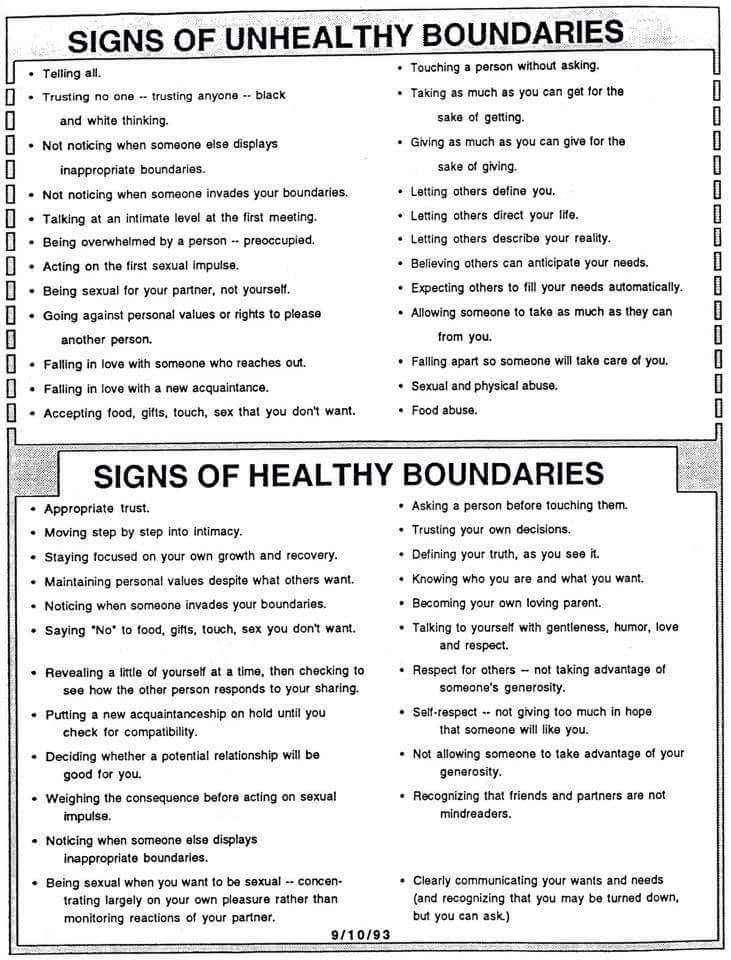 It’s time to take anything outside the circle and determine how you can define a boundary that will prevent or eliminate those issues in the future.
It’s time to take anything outside the circle and determine how you can define a boundary that will prevent or eliminate those issues in the future.
↑ Table of Contents ↑
Openly Communicate Your BoundariesOne of the biggest mistakes people make is setting boundaries in their minds but not openly sharing them with the people in their life. Sometimes people assume that you should know their boundaries. But if they didn’t clearly communicate where they’ve drawn the line, how will you know when you’ve overstepped it?
This can seem daunting and scary, but it can feel like a significant relief once you get it out of the way. As social psychology researcher Brene Brown says, “clear is kind, unclear is unkind.” Once you know your boundaries, you have to communicate them.
Take a deep breath, gather your resolve, and assertively express your needs in a kind, direct way. Here’s how:
How to Clearly Communicate Boundaries| Time Boundary | “I can only stay for an hour” or “If you’re going to be late, please let me know ahead of time. ” ” |
| Energy Boundary | “I don’t have the energy to help you with [their request] right now, but maybe [this resource] can help.” |
| Emotional Dumping | “I understand you’re having a hard time and I want to be there for you, but I don’t have the emotional capacity to listen right now.” |
| Personal Space Boundary | “It makes me feel uncomfortable when you [touch or action]. If you can’t respect my space, I’ll have to leave.” |
| Conversational Boundary | “This is not a topic I’m willing to discuss right now.” |
| Comment Boundary | “I don’t find those types of comments funny.” |
| Mental Boundary | “I understand we see things differently and I respect your opinion, but please don’t force it on me.” |
| Material Boundary | “Please ask me first before borrowing my [possession]” or “I would appreciate it if you didn’t touch my [material thing].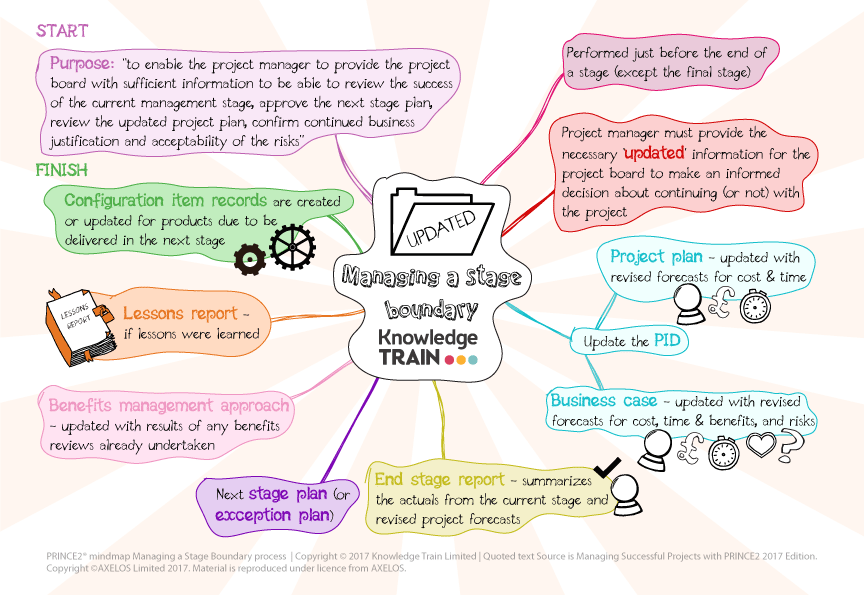 ” ” |
| Social Media Boundary | “I don’t feel comfortable with you posting that on Instagram.” |
Fortunately, once someone is aware of your boundaries, most people will respect them and apologize if they accidentally cross the line. Without clear communication, the lines become blurred. You can quickly find yourself crossing into the more dangerous territory of getting burned out, taken advantage of, or even neglecting your own needs.
The more precise and direct you can communicate your boundaries, the easier it will be to uphold them. Boundaries are like the “rules” of a relationship. When they’re displayed for all parties involved, it is much easier to respect them.
↑ Table of Contents ↑
Reiterate and Uphold Your BoundariesLike the invisible perimeter fence around a yard protects a dog from running into the street, boundaries protect you from overextending your mental and emotional well-being.
But the dog has to be trained not to cross that line.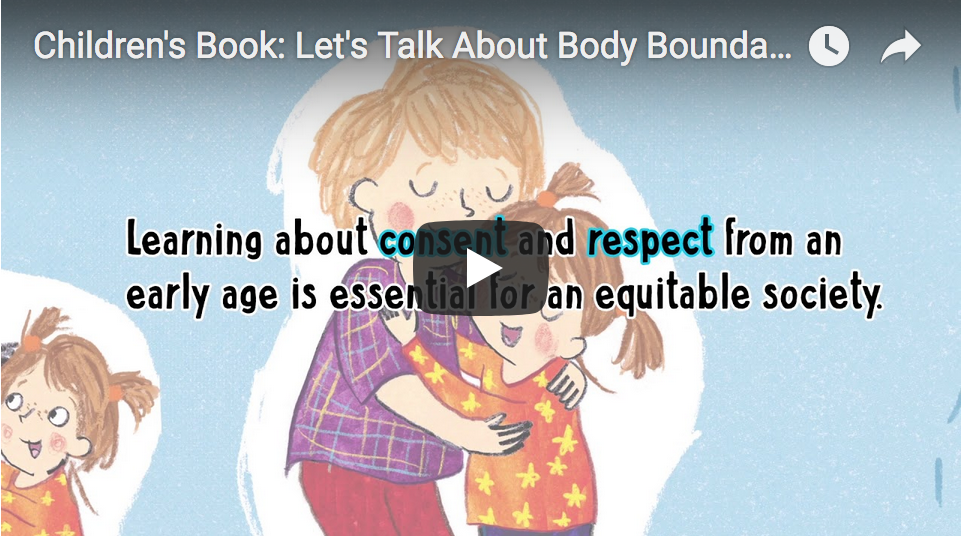 They have to understand where their yard begins and ends. It takes time, repetition, and patience.
They have to understand where their yard begins and ends. It takes time, repetition, and patience.
The same is true of human boundaries. Not everyone will understand or respect your boundaries the first time. It’s essential to stand firm in your decision while kindly reminding them of your needs when necessary.
A dog will get confused if the yard ends at the bushes one day but extends to the sidewalk the next. If someone doesn’t initially respect your boundary, remind them, but stay consistent with your original decision.
Pro Tip: Avoid shifting your boundaries for somebody else’s comfort. If you said, “I don’t feel comfortable with you contacting me about work after hours,” you probably don’t want to send the message that “sometimes it’s OK for you to text me late at night.” While it may be awkward or uncomfortable initially, a person who truly wants to be in your life will respect your decision.
↑ Table of Contents ↑
Don’t Be Afraid to Say NoHave you ever met someone who seemed to say “yes” to everything? People afraid to say “no” often end up with an overflowing plate of duties and responsibilities that they can’t seem to keep up with. They tend to forgo their self-care as they frantically try to meet the demands of all the people and things they said “yes” to.
They tend to forgo their self-care as they frantically try to meet the demands of all the people and things they said “yes” to.
“No” is a powerful word. It sounds strikingly similar in dozens of languages and can be recognized by simple gestures or facial expressions.
Yet so many people in the modern-day have been programmed to feel guilty for their “no’s.” In reality, to say “no” is to draw a line in the sand. It is an expression of courage, self-love, and sovereignty over your daily decisions.
Remember that every “yes” and “no” shapes your reality. You have the power to choose how you will spend your time and energy. If something doesn’t feel right in your gut, you probably shouldn’t do it. The word “no” is essential for healthy boundaries.
If you need help saying “no” more often, check out our 6 Effective Tips to Politely Say No.
Action Tip: Saying “no” doesn’t have to be rude, but it also doesn’t require an apology or an explanation. Notice where in your life you say “I’m sorry, I can’t” or “maybe, let me get back to you” when you just mean “no.” Pay attention to how you can shift these simple conversations to more clearly draw a boundary instead of leaving another person waiting for a clear answer. The clarity of your communication will ultimately benefit all parties involved.
Notice where in your life you say “I’m sorry, I can’t” or “maybe, let me get back to you” when you just mean “no.” Pay attention to how you can shift these simple conversations to more clearly draw a boundary instead of leaving another person waiting for a clear answer. The clarity of your communication will ultimately benefit all parties involved.
↑ Table of Contents ↑
Take Time for YourselfAmidst our fast-moving world, self-care can feel selfish or even frivolous. But the science of self-care is clear: taking alone time for yourself is linked to more confidence, greater creativity, more emotional intelligence, and more emotional stability in challenging situations. It can even help prevent burnout.
Action Tip: For the next month, set aside a solid 2-hour block of time on your calendar each week specifically for “me time.” Let your close family and friends know that you won’t be available during this time. Whether you’re cooking a healthy meal for yourself, getting outside, taking a rest day, hitting the yoga studio, or lounging on the beach with a good book, creating time for yourself is crucial for healthier boundaries.
But what does self-care have to do with boundaries?
Solitude allows you to reflect on your life and your values. The time you set aside for self-care can help bring more clarity into your relationships with other people, ultimately helping you define your boundaries.
To many, this may seem selfish. Modern society’s tendency toward self-sacrifice and workaholism has led a large majority of people to dismiss their boundaries or sacrifice their well-being to please other people. Ironically, this can often have the opposite effect than they’d like.
Self-care and healthy boundaries are not selfish; they are a form of self-love that leads to deeper relationships and more fulfilling experiences.
As the saying goes: you cannot pour from an empty cup. Healthy boundaries are a way to fill your cup so that you can offer more joy and help to the world.
↑ Table of Contents ↑
How to Create Work-Life Boundaries
Research shows that blurred work-life boundaries are linked to emotional exhaustion.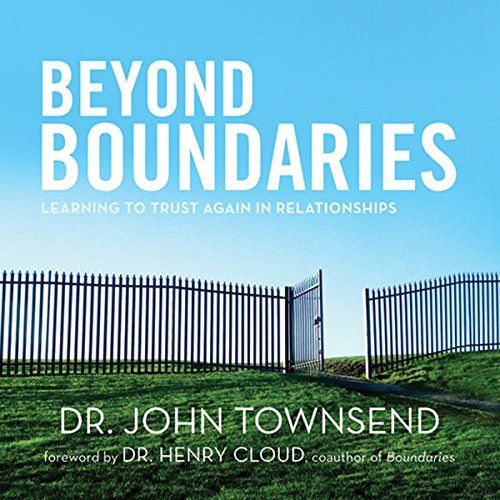 This is more relevant than ever amidst the massive shift to remote work-from-home scenarios. But workaholism can manifest in many other ways as well:
This is more relevant than ever amidst the massive shift to remote work-from-home scenarios. But workaholism can manifest in many other ways as well:
For example, John is a high-achieving lawyer who takes great pride in his work. However, he often stays extra late hours in his home office, compulsively checking emails and neglecting quality time with his family. He is regularly stressed and constantly thinking about new clients and cases from the moment he wakes up to when he goes to bed.
John often jokingly describes himself as a “workaholic” but inwardly associates his job with his identity. He doesn’t have any work-life boundaries, and his mental, emotional, and physical health are suffering.
Ways to Set Boundaries as a Workaholic:- Set precise work hours (such as 9 to 5 with a 1-hour lunch break)
- Follow a morning routine centered around self-care
- Avoid checking your phone while with family and friends
- Tell your coworkers or employees that you are not available during certain times
- Define a space in your home that is only for work (avoid working on your bed or from your couch)
- Delegate tasks or hire new employees to help reduce your stress levels
- Try a new hobby that is unrelated to your work
- Keep separate sets of “work clothes” and “lounge clothes” to allow you to shift between boundaries mentally
- When you close your laptop, mentally allow yourself to “clock out” for the day
Workaholism is a real problem resulting from a lack of boundaries around time and energy.
↑ Table of Contents ↑
How to Set Boundaries in a Romantic Relationship
Romantic relationships can be the most challenging area of your life to set boundaries. Despite what the movies tell us, it’s not necessarily healthy to give your whole self to somebody else. And honestly, nobody should expect you to.
Healthy boundaries are vital to healthy relationships. They define who is responsible for what, when you see each other, how you interact, and what each partner needs to feel safe and respected. Perhaps most importantly, relationship boundaries prevent codependency.
Suppose a romantic relationship takes over your life and impedes your work or your relationships with friends and family members. In that case, it may be time to step back and re-evaluate your boundaries.
The 3 most common romantic areas that are lacking in boundaries include:
↑ Table of Contents ↑
How Much Time You Spend TogetherSuppose you or your significant other tries to spend every waking hour together. In that case, you may be lacking a boundary around your time.
In that case, you may be lacking a boundary around your time.
Relationship counselor Garrett Coan advises the “70/30” rule as a general guideline: the happiest, most harmonious marriages spend about 70% of their time together and 30% apart.
This may be more skewed toward 50/50 or 40/60 depending on the stage of your relationship, but the moral of the story is that nobody should take up all of your time. Time with a romantic partner needs to be balanced with time for friends, family, and yourself.
You can gently and lovingly express that you need more time to yourself to bring the best version of yourself into the relationship. This may manifest as a simple boundary like, “Sundays are my days for myself.”
↑ Table of Contents ↑
Setting Physical and Sexual BoundariesPhysical boundaries are essential at every stage of a relationship, especially in the heat of a new romance. It is imperative to ask for permission before kissing, hugging, or touching a romantic partner for the first time.
Moreover, there needs to be conversations around how comfortable each person is with things like publicly displaying affection, holding hands, or any other form of physical boundary.
Maintaining autonomy over your body while respecting the physical or emotional boundaries of your sexual partner is crucial to maintaining a healthy connection. This can include consent, privacy, expressing your preferences and desires, and having a mutual understanding of your partner’s physical and emotional needs.
For example, suppose a man sees a woman who has a history of sexual abuse or trauma. In that case, he can respect her sexual boundaries by regularly checking in about her comfort with different types of physical intimacy. Suppose she expresses that a particular experience was triggering for her. In that case, he needs to respect that boundary to maintain her trust.
More commonplace examples for physical boundaries include avoiding overt PDA while at a social gathering or simply asking someone before hugging them.
↑ Table of Contents ↑
Respecting Emotional BoundariesPerhaps the most complex of all, emotional boundaries are the guidelines surrounding how you and your partner express your feelings to each other.
How do you talk to each other? Do you listen intently to your partner’s needs or only focus on yourself? What topics do you avoid discussing? What tones of voice do you use? How do you apologize and resolve the situation when you get into arguments?
Examples of Emotional Boundaries:
- “Let’s not discuss that topic at tonight’s dinner.”
- “It makes me uncomfortable when you bring up [painful topic]. Can we please keep that between us?”
- “I need some time to myself to think about this situation.”
- “I will not tolerate being called names.”
- “I want to support you in this hard time, but I cannot be your emotional dumping ground. Maybe you can reach out to [a therapist, your mom, etc.].”
Pro Tip: For more amazing advice on how to (properly) argue, read on: 9 Conflict Resolution Tips to Win An Argument Like a Jedi
A Note on Emotional DumpingUnlike venting, emotional dumping is sporadically dumping traumatic feelings, thoughts, and emotions onto a partner or even a stranger. Whether you are the giver or receiver of emotional dumping, it can be a difficult boundary to navigate.
Whether you are the giver or receiver of emotional dumping, it can be a difficult boundary to navigate.
A person trying to release their emotions can express extreme vulnerability. But vulnerability can be a double-edged sword. On the one hand, vulnerability is the key to establishing deep romantic connections. But it can also lead to breaches of trust or even over-sharing.
Everyone experiences heavy emotions that they sometimes need to vent, but using your romantic partner as an emotional dumping ground can significantly strain the relationship. After all, significant others are not therapists.
Set this boundary for yourself and your partner by compassionately saying, “I want to be there for you, but I don’t think I can support you in this way.” You can also suggest a third-party professional help with the situation potentially. Remember always to show empathy but demonstrate that you feel uncomfortable being the recipient of such intense oversharing.
↑ Table of Contents ↑
How to Set Boundaries With Parents
When it comes to parental boundaries, it’s a whole different ball game. As a child, it can be incredibly confusing to have your caretaker lean on you for support or express inappropriate emotions in front of you. Fortunately, as an adult, you have more freedom and awareness to navigate boundaries with your parents.
As a child, it can be incredibly confusing to have your caretaker lean on you for support or express inappropriate emotions in front of you. Fortunately, as an adult, you have more freedom and awareness to navigate boundaries with your parents.
Either way, boundaries need to be established. Whether young, adolescent, or adult, children need to know that they have certain privacy from their parents, for example, a boundary around their parents reading their diaries or entering their room while they are changing clothes.
In the reverse scenario, children also need to know their parents’ privacy and comfort level guidelines. Parents who want to set boundaries with their children may tell their kids always to knock before entering their bedroom or to ask before using certain household items.
Young adults may need to set boundaries around their parents’ guidance for suggestions. Parents often have an idea of how they want their child to live their life, and even if it is well-meaning, it can be harmful to your sense of freedom and self-sovereignty. Adults can draw this boundary by expressing to their parents that they prefer not to receive unsolicited advice or judgment about their decisions. They will ask for help when they need it.
Adults can draw this boundary by expressing to their parents that they prefer not to receive unsolicited advice or judgment about their decisions. They will ask for help when they need it.
↑ Table of Contents ↑
How to Set Boundaries With Friends
While friendships are vital to your health and happiness, they can often be taxing when they have no bounds. Needy friends may expect a lot from you and not always give back. If you need to establish more boundaries with your friends, it all begins with the confidence to say “no.”
If you’re a people pleaser, this can be incredibly challenging because you want to make everyone happy. You may have difficulty saying “no” to someone asking for your help or attention, even if you don’t have the energy or time to do it.
There also could be some personal work involved. If you fear rejection or a need for validation, it may be harder to delineate your boundaries. But the friends worth having tend to understand and respect your priorities. Saying “no” is not a massive betrayal or letdown. It’s simply a skill you can practice to help establish more boundaries within friendships.
Saying “no” is not a massive betrayal or letdown. It’s simply a skill you can practice to help establish more boundaries within friendships.
- Set aside time specifically for yourself
- Let your friends know when they can expect a response from you (set this boundary, so people don’t get upset if you don’t respond to their text or call right away)
- Clearly express when you feel overwhelmed, ignored, or unheard.
- If you’re afraid to say “no,” start saying “I’ll get back to you” and think about things before you provide an answer
- Let your friends know that you have personal goals and dreams you are working towards
- Only offer to help friends with things that you genuinely have the capacity for. Otherwise, suggest alternative ways they can get help with the situation.
- Communicate that you are there for them, yet you are also prioritizing yourself at this time in your life.

Pro Tip: Use our 11 expert tips to stop being a people pleaser to feel more confident and authentic in your friendships.
↑ Table of Contents ↑
In Summary, 5 Steps to Set Healthy Boundaries
If you want to reclaim your energy, time, and power, setting boundaries is crucial for your growth journey.
While it may seem daunting, setting boundaries doesn’t need to be complicated:
- Define your limits (what supports you versus what detracts from your well-being)
- Openly communicate your boundaries to people in your life
- Remind people if needed (but always stick to your boundaries)
- Don’t be afraid to say “no” to things that don’t serve you
- Take time for yourself
The bounds of your life will shape your growth and relationships with people around you. You only have so much time, energy, and emotional capacity. If you don’t protect your well-being, nobody else will.
Hopefully, by establishing clear boundaries, you can find more freedom to express yourself and live a more joyful life.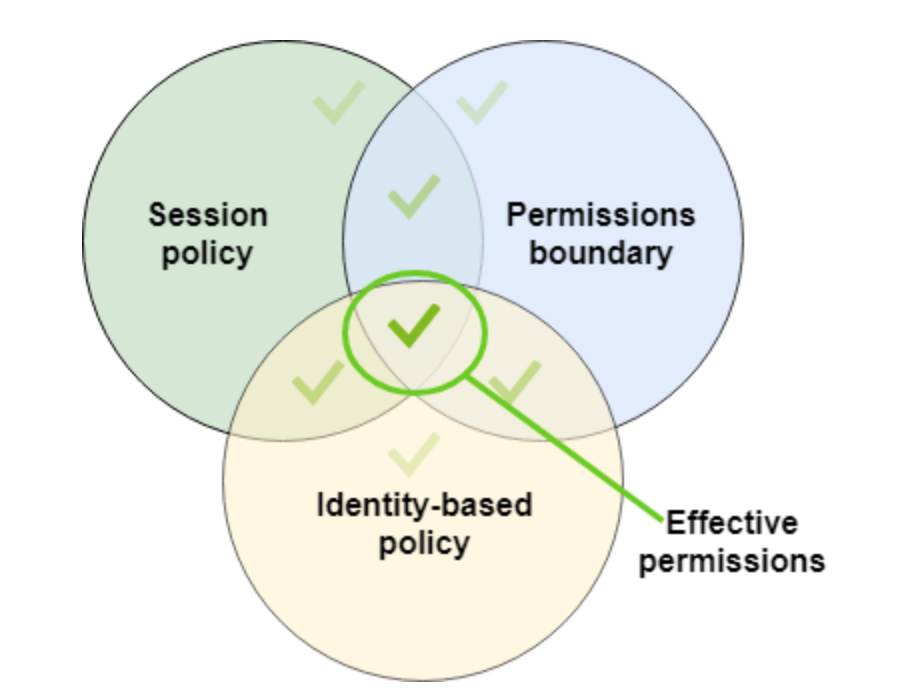
If you’re seeking more confidence to layout your boundaries and fulfill your greatest potential, check out our guide on How to Be More Confident: 11 Scientific Strategies For More Confidence.
10 Ways to Build and Preserve Better Boundaries I Psych Central
Understanding how to set personal limits is essential for building and maintaining healthy relationships.
Many people know what the word “boundaries” means, but they have no idea what they are. You might think of boundaries as something like a property line or “brick wall” used to keep people out.
But boundaries are not rigid lines drawn in the sand that are clear for all to see.
Boundaries are a way to take care of ourselves. When you understand how to set and maintain healthy boundaries, you can avoid the feelings of resentment, disappointment, and anger that build up when limits have been pushed.
Boundaries can take many forms. They can range from being rigid and strict to appearing almost nonexistent.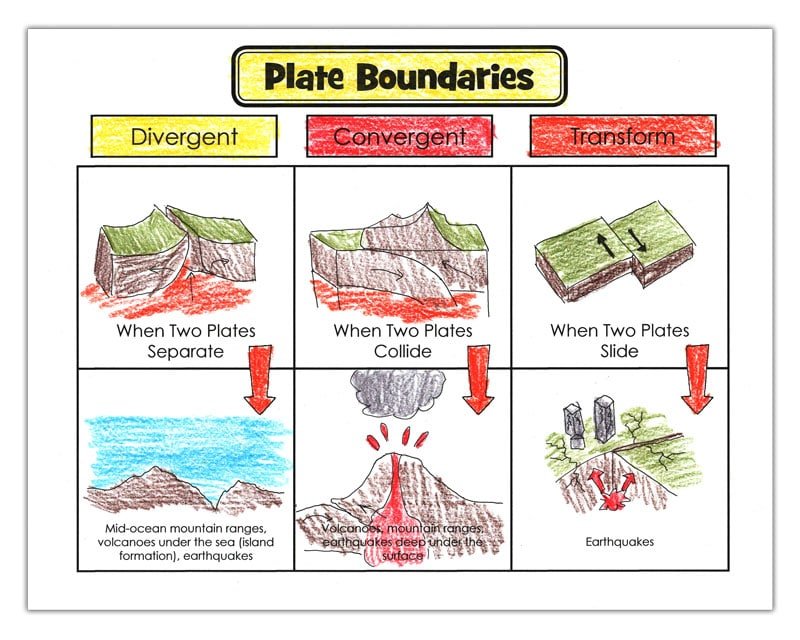
If you have more rigid boundaries, you might:
- keep others at a distance
- seem detached, even with intimate partners
- have few close relationships
- avoid close relationships
If you have more loose or open boundaries, you might:
- get too involved with others’ problems
- find it difficult to say “no” to others’ requests
- overshare personal information with others
- seek to please others for fear of rejection
A person with healthy boundaries understands that making their expectations clear helps in two ways: it establishes what behavior you will accept from other people, and it establishes what behavior other people can expect from you. If you have healthy boundaries, you might:
- share personal information appropriately (not too much or not too little)
- understand your personal needs and wants and know how to communicate them
- value your own opinions
- accept when others tell you “no”
Many of us have a mix of boundaries depending on the situation. For example, you might have strict boundaries at work and more loose ones at home or with family and friends.
For example, you might have strict boundaries at work and more loose ones at home or with family and friends.
There might even be different boundaries based on a person’s culture. For example, some cultures find that sharing personal information is not appropriate at any time, while in other cultures, sharing might be encouraged at all times.
Building healthy boundaries — whether you’re at work, at home, or hanging out with friends — hinges on understanding the types of boundaries.
There are five different types:
- Physical. This refers to your personal space, your privacy, and your body. You might be someone who is comfortable with public displays of affection (hugs, kisses, and hand-holding), or you might be someone who prefers not to be touched in public.
- Sexual. These are your expectations concerning intimacy. Sexual comments and touches might be uncomfortable for you.
- Intellectual. These boundaries concern your thoughts and beliefs.
 Intellectual boundaries are not respected when someone dismisses another person’s ideas and opinions.
Intellectual boundaries are not respected when someone dismisses another person’s ideas and opinions. - Emotional. This refers to a person’s feelings. You might not feel comfortable sharing your feelings about everything with a friend or partner. Instead, you prefer to share gradually over time.
- Financial. This one, as you guessed, is all about money. If you like to save money — not spend it on trendy fashions — you might not want to loan money to a friend who does.
When you get ready to establish your boundaries, be sure to take each one into account.
“In a nutshell, it’s knowing how to separate your feelings or ‘stuff’ from someone else’s,” says U.K.-based psychologist Dr. Tara Quinn-Cirillo. “As human beings we have our own thoughts, memories, and lived experiences, and sometimes that can become very blurred with someone else’s. Boundaries are healthy for helping you identify and keep that space.”
Whereas security alarms signal when physical boundaries are crossed, you have to rely on your own internal alert systems to determine when your emotional and psychological boundaries are infringed upon.
For example, “If you come away from a meeting or telephone conversation with friends, family, or anyone, feeling depleted, anxious, [or] wound-up, there are probably boundaries being breached,” explains Sally Baker, a senior, licensed, and accredited therapist in London, U.K.
Setting boundaries is beneficial for far more than just defining our identity. Having them in place “limits your exposure to stress and the [body’s] production of adrenaline and cortisol [the stress hormone],” Baker says. “It protects your mental well-being.”
Dr. Quinn-Cirillo agrees that well-being is a key factor, as a lack of boundaries can “lead to emotional and physical fatigue,” especially if you have to deal with the exhausting behaviors of others.
And it doesn’t end there. Boundaries promote a sense of autonomy, says Dr. Quinn-Cirillo, in “that you are in control as far as possible in what you want and don’t want.” They can also “keep you safe in relationships at work, home, and with partners, and that’s really important.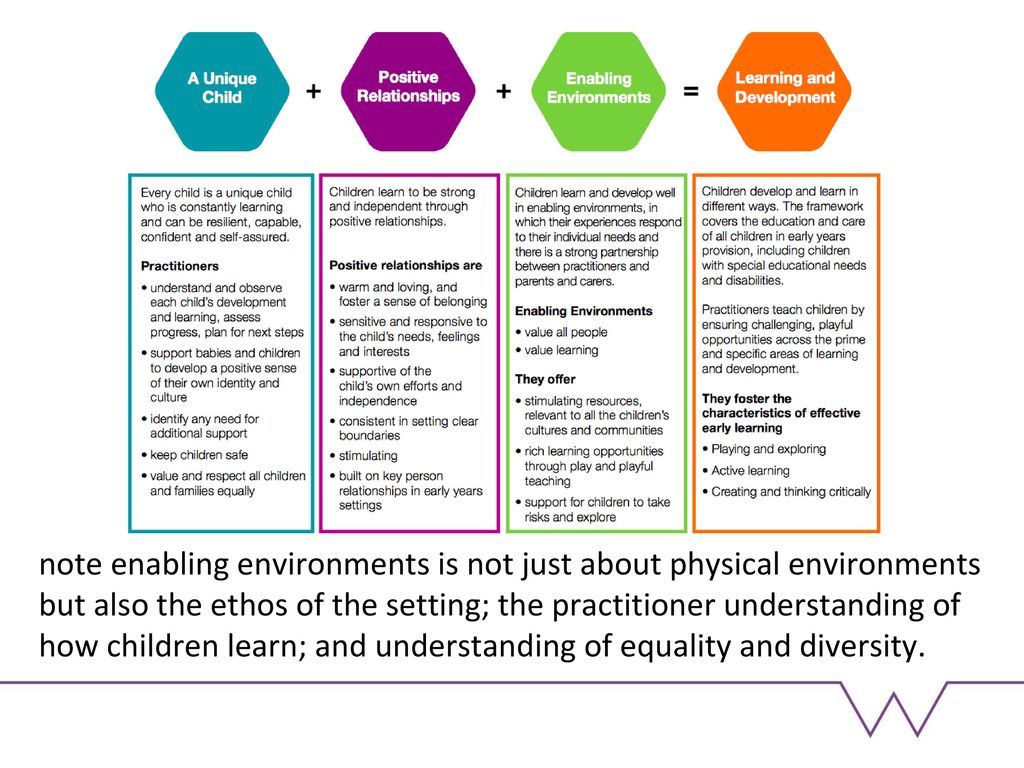 ”
”
Research also shows that blurred boundaries, particularly between work and home life, are linked to unhealthier lifestyles and lower levels of happiness, along with a higher risk of family conflict. So, you’ll want to get yours in check.
Relationship woes? Our advice columnist wants to hear from you!
Submit your anonymous questions here for Sex, Love, and All of the Above from Psych Central sex and relationships writer Morgan Mandriota. Then subscribe to our weekly newsletter to find out if your question is featured.
Not sure how to go about creating boundaries or effectively uphold existing ones? We’ve rounded up some of the best approaches to try.
Enjoy some self-reflection
To successfully introduce and set boundaries, it’s key to understand why they’re each important to you and how they will benefit your emotional well-being.
“Take some time to be a detective of your own psychology,” suggests Baker. “So often stuff happens to people and they feel uncomfortable, but they’re not sure why.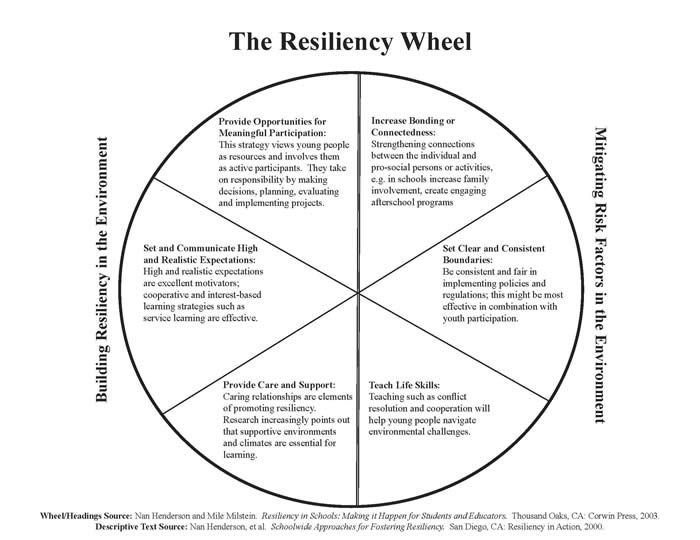 The first step in having healthy boundaries in any situation is spending the time to explore what’s happening to you.”
The first step in having healthy boundaries in any situation is spending the time to explore what’s happening to you.”
Start small
If you don’t have many boundaries in place already, the prospect of introducing more might seem overwhelming — so build them up slowly.
Doing so allows you to take things at a more comfortable pace, and it provides time to reflect on whether it’s heading in the right direction or if you need to make some tweaks.
Set them early
“Sometimes it can be really hard to start putting boundaries in, especially in pre-existing relationships,” says Dr. Quinn-Cirillo. “If you can put in boundaries straight away, it’s a lot easier to work with.”
By setting boundaries and expectations from the very beginning, everyone knows where they stand, and feelings of hurt, confusion, and frustration can be lessened.
Be consistent
Letting boundaries slide can lead to confusion and encourage new expectations and demands among those around you.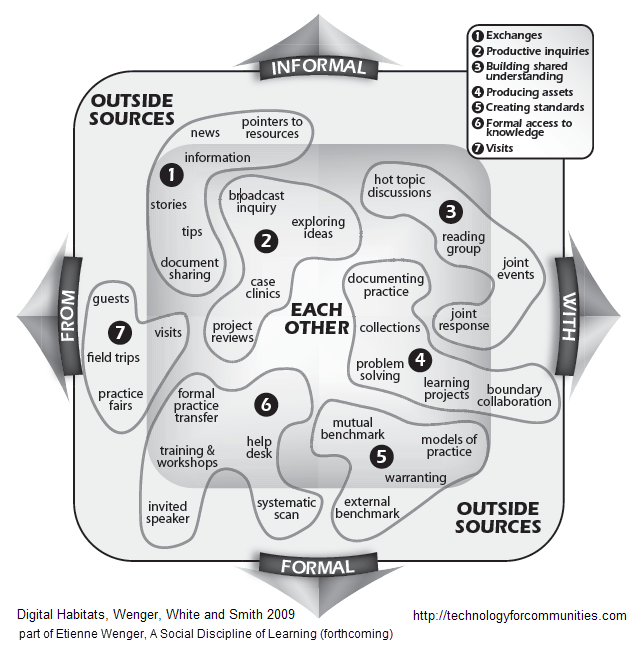
Try keeping things consistent and steady. This helps to reinforce your original thresholds and beliefs, and it ensures those lines remain clearly established.
Create a framework
Dr. Quinn-Cirillo notes that boundaries “vary depending on the type of relationship.” However, if you find it helpful, there’s no reason not to have a few basics in place that can be adapted accordingly.
Consider getting an hour or two of alone time each weekend. This boundary could apply whether you live with a partner, have a busy social schedule with friends, or are close with your family.
Feel free to add extras
In some aspects of our lives, there are boundaries already in place — such as in the workplace. But consider these the minimum. Colleagues will likely have some of their own in place, and it’s okay for you to add some too.
Doing so may even enhance your performance. Austrian researchers found that employees who introduced personal workplace boundaries felt more empowered.
Be aware of social media
These platforms allow for more communication than ever, but they’ve also encouraged some considerable boundary blurring.
“There’s some incredible oversharing happening,” Baker states, and research shows that over half of us are concerned that family and friends will post personal information or photos that we don’t want shared publicly.
If you deem a particular action as boundary-crossing in real life, your concerns are no less valid when it occurs digitally. “You don’t have to expose yourself to social media that’s distressing you,” she adds.
Talk, talk, talk
Communication is critical in the world of boundaries, especially if someone consistently oversteps yours. While you might need to raise your concerns, these discussions need not be confrontational.
For example, if you have a friend who sends messages nonstop, Dr. Quinn-Cirillo suggests saying something along the lines of, “‘I can see you really wanted to get hold of me, but the best thing to do is drop me a message, and I’ll get back to you when I can. ’” This gently highlights their behavior while simultaneously asserting your threshold.
’” This gently highlights their behavior while simultaneously asserting your threshold.
Be your biggest champion
For boundaries to have a strong foundation, you need to show yourself a bit of love, notes Baker. “If you’ve got a narrative in your head that says you’re worthless and undeserving, then you’re going to find it difficult to put boundaries in place that protect you,” she says. “A lot of it comes down to self-worth and self-value.”
It doesn’t take much to start encouraging this mindset either, adds Baker. The more you engage in activities “that release feel-good hormones, like singing, running, or whatever you want to do — things that feed your own heart — then that’s going to help change your internal dialogue and make you feel more deserving.”
Gain some perspective
Not having boundaries can be detrimental to our mental health, but going too far and over-thinking them can also impact our emotional well-being, reveals Dr. Quinn-Cirillo.
“Get a healthy level of thinking about boundaries,” she says. “Have some but don’t be dictated by them. Sometimes you’ve just got to go with your gut instinct. We can forget that we’re actually quite good at navigating most things and are quite intuitive as human beings.”
In addition to setting your own boundaries, it’s important to appreciate those of others, too — even if they’re different from your own. So how can you determine what they are?
Frustratingly, “there’s no magic science,” says Dr. Quinn-Cirillo. “If you’re concerned or unsure, just ask.” Fortunately, the conversation doesn’t have to be awkward or confrontational. “Just general discussion helps,” she continues. “Say something like, ‘Can I message you later?’ or ‘When is it good to message?’ They help start to put a framework in place.”
It’s also about using your common sense. If your partner hates using social media, there’s a good chance they won’t want those coupled-up selfies plastered across your Instagram or Facebook account. Or, if a friend says they don’t want to see a particular movie, don’t pester them until they cave in.
Or, if a friend says they don’t want to see a particular movie, don’t pester them until they cave in.
Dr. Quinn-Cirillo reveals that repeatedly violating boundaries “can breed resentment and contempt, and cause people to withdraw.” So there’s no harm in taking a moment to think before you act.
Boundaries are essential for various reasons and look different to everyone. You might be concerned that they will make you seem unfriendly or confrontational, but as this Inside Mental Health podcast from Psych Central reveals, it is possible to maintain them without upsetting those you care about.
Don’t feel guilty about setting boundaries. They’re essentially a form of self-care, and we actively look to incorporate other elements of this into our lives daily — from eating a balanced diet to exercising. This is no different!
It might take some time and consideration to decipher the boundaries most important to you and the best ways to implement them, but your mental well-being will appreciate the effort in the long run.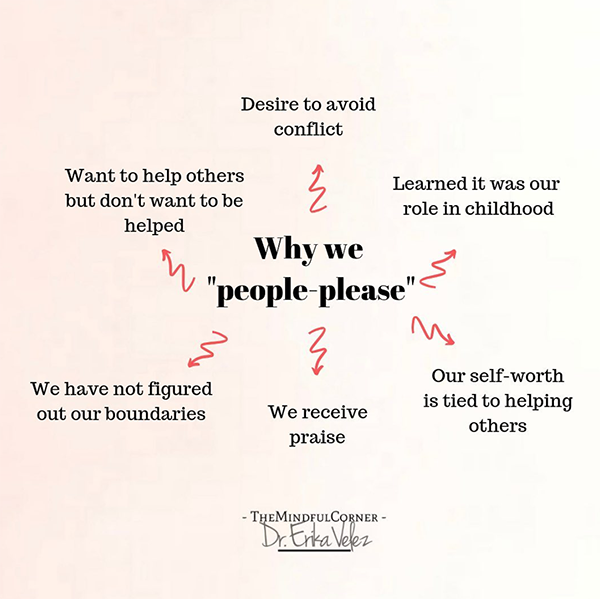
How to determine the boundaries of the site yourself
How to determine the boundaries of the site yourselfIn what cases is it necessary to determine the boundaries of a land plot? Do you do it yourself or do you need professional help? All questions will be answered by employees of a specialized company.
Similar services of a cadastral engineer are included in the list of works for residents of Moscow and the region. Check out the prices on the price list page. It is better to pay inexpensively for the definition of the boundaries of the site to specialists than to endure long-term costs.
Displaying the boundaries of the siteWhy order the definition of the boundaries of the site on the ground
Some citizens use possessions without designated coordinates. The constructed fence does not confirm the division of property, information about real estate is documented. Determining the boundaries of the site on the ground will be required in disputes with neighbors.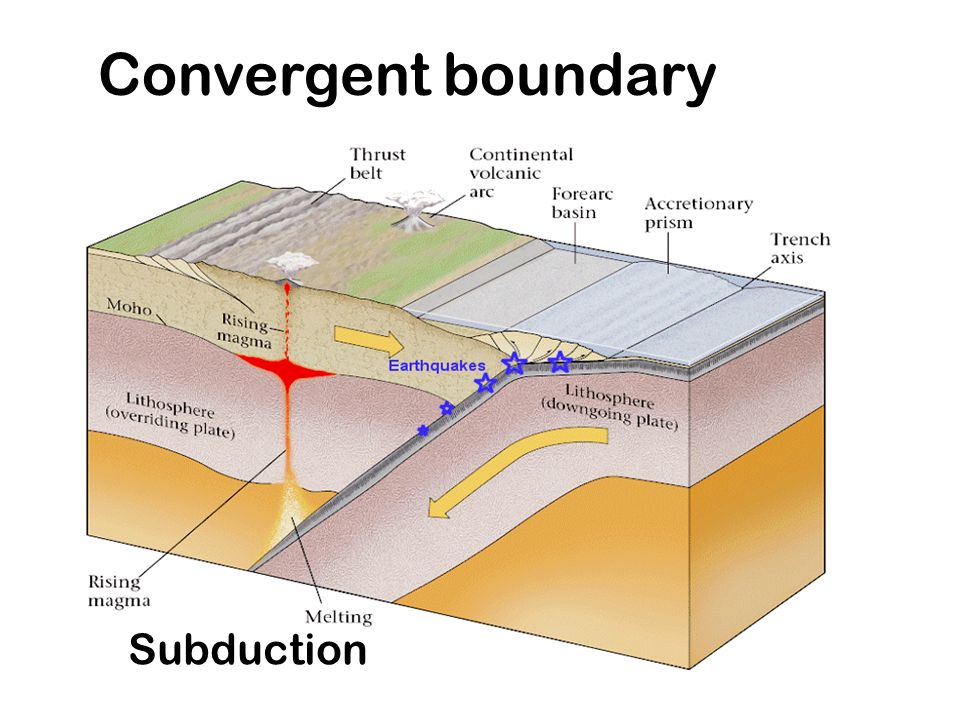
Outbuildings will have to be demolished, since according to the rules they must be at a certain distance from the boundary. It is problematic to start the construction of expensive facilities. You will not be able to check the correctness of the calculations of tax payments depending on square meters.
Clarification of boundaries will be required for legal transactions:
- Purchase and sale.
- Receiving an inheritance.
- Donation.
- Registration of collateral, loans, mortgages.
It is easy to calculate the number of acres if the land plot is a simple rectangular shape. It is more difficult to check boundaries with many turning points. Order the definition of the boundaries of the site on the ground of the cadastral company.
Determination of the position of the boundaries of the site by a surveyorHow to determine the boundaries of the site by cadastral number
If the site is registered with Rosreestr, then use the resources of the Internet.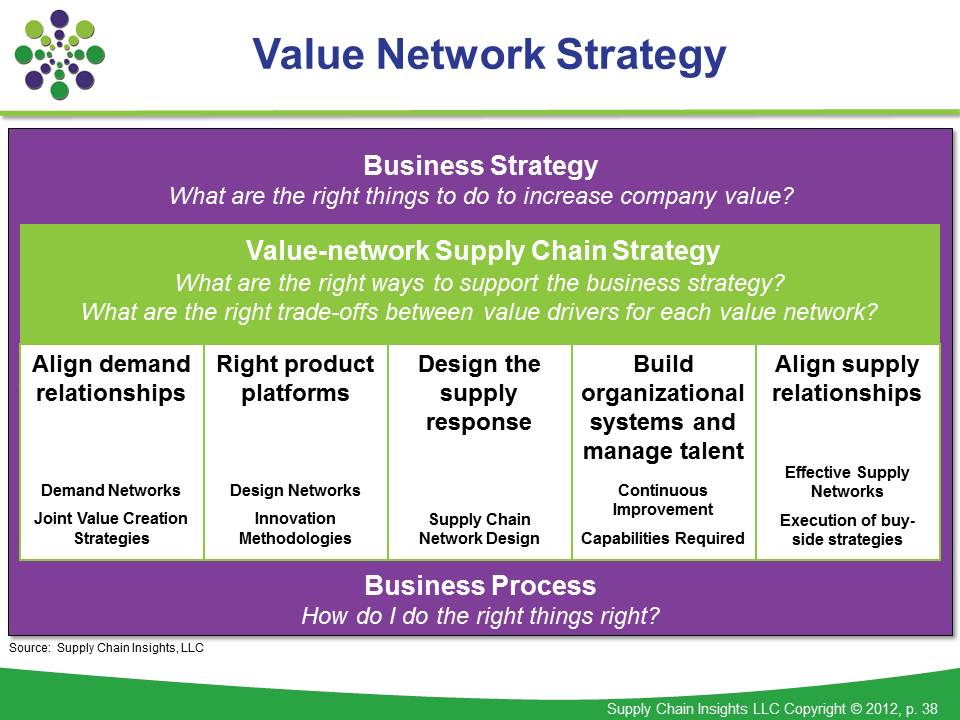 Go to the site "Public cadastral map". In the upper box, enter the postal address or cadastral number.
Go to the site "Public cadastral map". In the upper box, enter the postal address or cadastral number.
To determine the location of the boundaries of the land plot, press the buttons: "Find", "Magnifying glass". Schematic images are clearly visible on the map, and in a separate window ─ the date of the land survey, the name of the cadastral engineer, the purpose of the land, the area (m 2 ). This is informational information without legal force.
Determining the boundaries of the site by cadastral numberYou can personally contact the MFC office or the cadastral chamber, pay the state duty, present a passport, certificate of ownership, write an application with a request for the issuance of information. As a result, you will receive an extract from the USRN, which will contain the coordinates of your site in the appropriate coordinate system. The received coordinates can be taken out in kind on your site.
Download sample statement.
How much does it cost to determine the boundaries of a plot?
How much does it cost to determine the boundaries of the plot? The price of depends on the number of points, dimensions, relief, special requirements of the customer.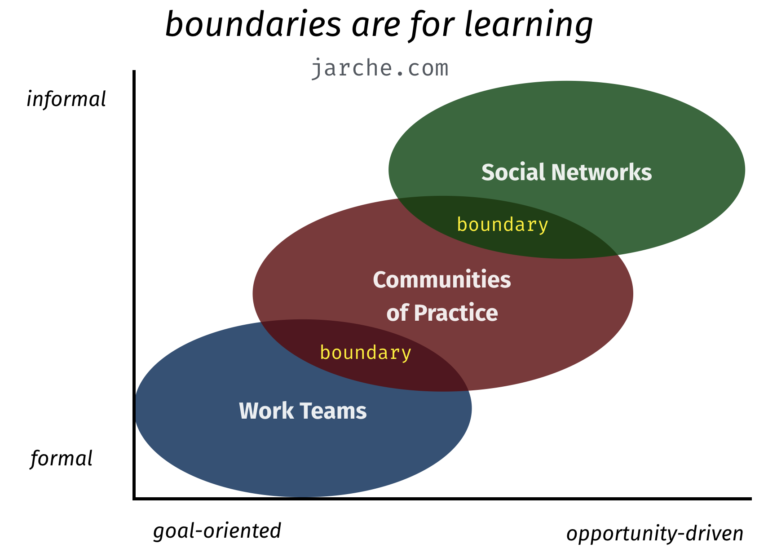 Go to the pricing page and check it out. The estimated cost is pre-negotiated and indicated in the contract for the provision of services. You can use the price calculator on our website.
Go to the pricing page and check it out. The estimated cost is pre-negotiated and indicated in the contract for the provision of services. You can use the price calculator on our website.
Is your plot not displayed on the cadastral map? Know what Determination of boundaries by cadastral number is done after surveying and registration. And the procedure is carried out according to the rules established by law. You can find more information about the surveying procedure on the link.
Our engineers will survey the site and prepare a survey plan. We will help resolve disputes with neighbors, submit documents for obtaining a cadastral passport with an extract.
If you need to carry out cadastral work or have questions, you can leave an application on our website.
Leave a request and we will call you back soon
Leave your phone and get a personal discount!
Thank you!
Your request has been accepted.
How to find out the cadastral boundaries of a plot exactly in Moscow and the region
Each site that has passed the land surveying procedure has cadastral boundaries marked on the Rosreestr map with contour lines. They determine the location of the land on which other property may be located: houses, outbuildings, baths and gazebos. Thanks to this information, the owner knows what resources he has the right to dispose of.
They determine the location of the land on which other property may be located: houses, outbuildings, baths and gazebos. Thanks to this information, the owner knows what resources he has the right to dispose of.
We will help to determine the cadastral boundaries of the land plot for residents of Moscow and the region. On the Price List page, you can get acquainted with the cost and factors affecting the complexity of the work.
Cadastral map with plot boundariesCadastral and actual boundaries of a land plot
There are two types of boundaries: actual and cadastral. The designation of the actual feature on the ground is a fence. If the boundaries are not officially fixed in the cadastral chamber, it is possible to declare the boundaries of the site according to the location of the fence, provided that there is evidence of the existence of the fence at this place for more than 15 years.
The cadastral boundaries of a land plot are divided into two types:
- Geodetic lines are lines defined by coordinates in a single state coordinate system.

- Declared - have an approximate character, clarification is required.
Actual and cadastral boundaries may differ. Before building a fence or buying a new site, it is imperative to carry out the removal to nature of the boundaries of the site.
Difference between actual and cadastral boundaries when staked outDetermination of cadastral boundaries by land surveying
Competent land surveying is of great legal importance. The purpose of this procedure is to determine, restore, streamline, and coordinate information about possessions.
The work is carried out by a certified cadastral engineer. With the help of geodetic measurements, he draws up a boundary plan of the site in accordance with the position of the fence. Further, documents are prepared for submission to the Rosreestr and fixing the cadastral boundaries on the map.
As a result of the completion of the procedure, landowners can check the boundaries of the plot on the map using the cadastral number.
Learn more about land surveying.
Scheme of the location of the site for the boundary planRules for the location of the boundaries of land plots and objects
Norms for the distances of buildings and landings to the boundary:
- barn ─1m;
- bathhouse, boiler room, sauna ─10 m;
- building for poultry and animals ─ 4 m;
- shrub ─1m;
- medium trees ─2 m;
- large trees ─4 m.0003
- Adjacent, having a common feature.
- Neighbors located side by side, but without common lines.
How to find out the cadastral boundaries of the plot
If the plot is already marked off and the coordinates of the turning points are known, the owner can find out the exact location of his property. The site coordinates are recorded in the extract from the USRN for the site.
USRN statement with coordinatesFor this engineer, using special geodetic equipment, carries out the procedure for stakeout.
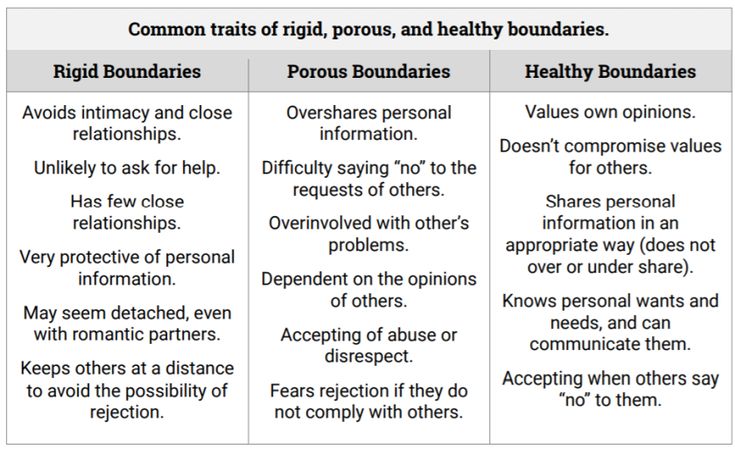 At each turning point, a metal or wooden peg is installed, and a string is stretched between them.
At each turning point, a metal or wooden peg is installed, and a string is stretched between them. In this way, the owner can visually familiarize himself with his land holdings.
How to check the boundaries of a plot by cadastral number
A landowner can open a public map and find out the boundaries of a land plot by cadastral number. Determining the boundaries of a land plot by the cadastral number on the map may not be available due to amendments and new regulations. (On September 16, 2019, Federal Law 150 on the procedure for complex cadastral work came into force.) If your site has not been surveyed, the boundaries of the site will not be displayed on the map.
Displaying a plot without land surveying on a cadastral mapIn the search box, you need to write the cadastral number of your site. A satellite image can be turned on to check the location of the fence. Please note that the satellite image may not be accurately tied to the terrain.
Determination of the boundaries of the site by cadastral numberThe list of services of our company includes drawing up a boundary plan, correcting errors, transferring documents to Rosreestr.

